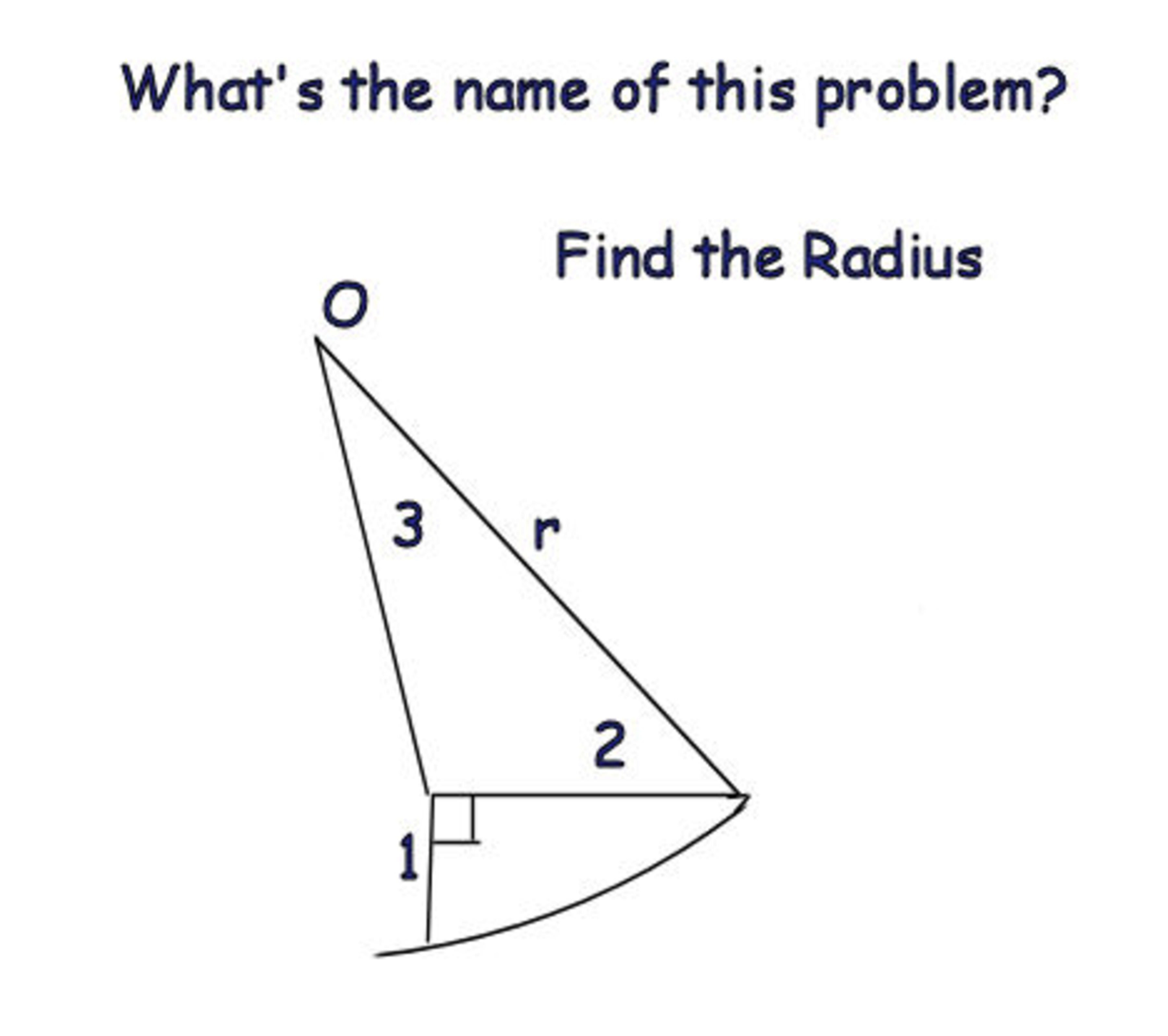Can You Help ?

Please help me identify a problem I was working on.
I usually save the interesting ones in a set for future examination but I didn't this time and I think I'm on the way to solving it.
This is the setup:
No vote yet
1 vote
Easy Math Editor
This discussion board is a place to discuss our Daily Challenges and the math and science related to those challenges. Explanations are more than just a solution — they should explain the steps and thinking strategies that you used to obtain the solution. Comments should further the discussion of math and science.
When posting on Brilliant:
*italics*or_italics_**bold**or__bold__paragraph 1
paragraph 2
[example link](https://brilliant.org)> This is a quote# I indented these lines # 4 spaces, and now they show # up as a code block. print "hello world"\(...\)or\[...\]to ensure proper formatting.2 \times 32^{34}a_{i-1}\frac{2}{3}\sqrt{2}\sum_{i=1}^3\sin \theta\boxed{123}Comments
I'm getting a value of r=553+619,
which equals 3.9788 rounded to 4 decimal places. Is that what you got? I'll write up my method shortly.
Edit: Label the triangle so that OA=3 and AB=2. Also, label the length 1 line segment AP and let ∠OAB=θ.
Then OP=r and ∠OAP=23π−θ. We can now apply the Cosine Law to triangles ΔOAB and ΔOAP to obtain the equations
(i) r2=32+22−2∗3∗2∗cos(θ)⟹13−12cos(θ), and
(ii) r2=32+12−2∗3∗1∗cos(23π−θ)⟹10+6sin(θ).
Equating (i) and (ii) we then have that
13−12cos(θ)=10+6sin(θ)⟹1−4cos(θ)=2sin(θ).
Now square both sides and simplify to find that
1−8cos(θ)+16cos2(θ)=4∗(1−cos2(θ))⟹20cos2(θ)−8cos(θ)−3=0,
which has solutions cos(θ)=2∗208±64+4∗3∗20=51±1019.
Now from the diagram we are looking for θ>2π, i.e., cos(θ)<0, se we take the root
cos(θ)=51−1019.
Now substitute this value into (i) to find that
r2=13−12∗(51−1019)=553+619,
and so r=553+619.
Log in to reply
Hi, Brian, what's the name of the problem?
Log in to reply
Oh, sorry, you were just wanting a name. I have no idea if it has a specific name, but it seems to be an exercise in the application of the Cosine Law. I can think of one other way of trying to solve it, but I haven't worked out the details of that approach yet.
I'm sorry if I spoiled this question for posting. I just saw it as an interesting problem and immediately had to solve it. You could delete this note and then post the problem after; I would be fine with that. :)
Uh oh, answer spoiled? D:
Log in to reply
Yeah, I know. I don't think it's a big problem, since this posts has no likes or re-shares. Sorry about this; I had no idea about the question's "history" at the time I posted my solution. :(
Log in to reply
Nah, it's fine. You also forgot to prove that θ>2π, although it may be obvious.
Log in to reply
O.k., I'm glad. And yes, I did gloss over that detail, and even though it does seem obvious it would require a proof. At this stage, though, I'm just going to stick with "And clearly, θ>2π". :)
I think I did see this problem somewhere else posted in Brilliant, but I can't think of the name of either the problem or the creator. Brian's answer is correct, though.
Okay, I've found the problem, posted by [Deleted]
[Deleted]
Log in to reply
Well, that made it easy for me to solve [deleted]'s question, then. :) Having found a solution assuming that θ was obtuse it is clear that θ can be obtuse, but I neglected to prove that θ would necessarily have to be obtuse. I see that in response to [deleted]'s solution to his own problem, Ariel Gershon has proved this to be the case.
Log in to reply
lol free rating...
Log in to reply
Yeah, I know. I wonder if I should delete my answer now. I had no idea the question had been asked on Brilliant before until Michael posted the link. It's not fair to [deleted] if people can now cheat on his question, but Guiseppi asked this question independently so I don't want to delete my answer to his question.
Log in to reply
i dont know.... , i think u should delete it.
Log in to reply
Problem solved. No more free points. :)
Log in to reply
lol
no free shot to lv5 geometry attempt
without it, i will never solve it
Hi Michael. In light of Math Man's comment below, I'm wondering if it's a good idea having the link to [deleted]'s question posted here. whatever you decide is fine, but I just thought I should give you a heads up. I could delete my answer, but then that would defeat the point of Guiseppi's post.
Log in to reply
Okay, deleted, as I noticed that problem has just now been reshared.
Log in to reply
Thanks, Michael. I've inserted a few [deleted]'s as well.
its title is this: [deleted]
Moderator's note: please do not post spoilers